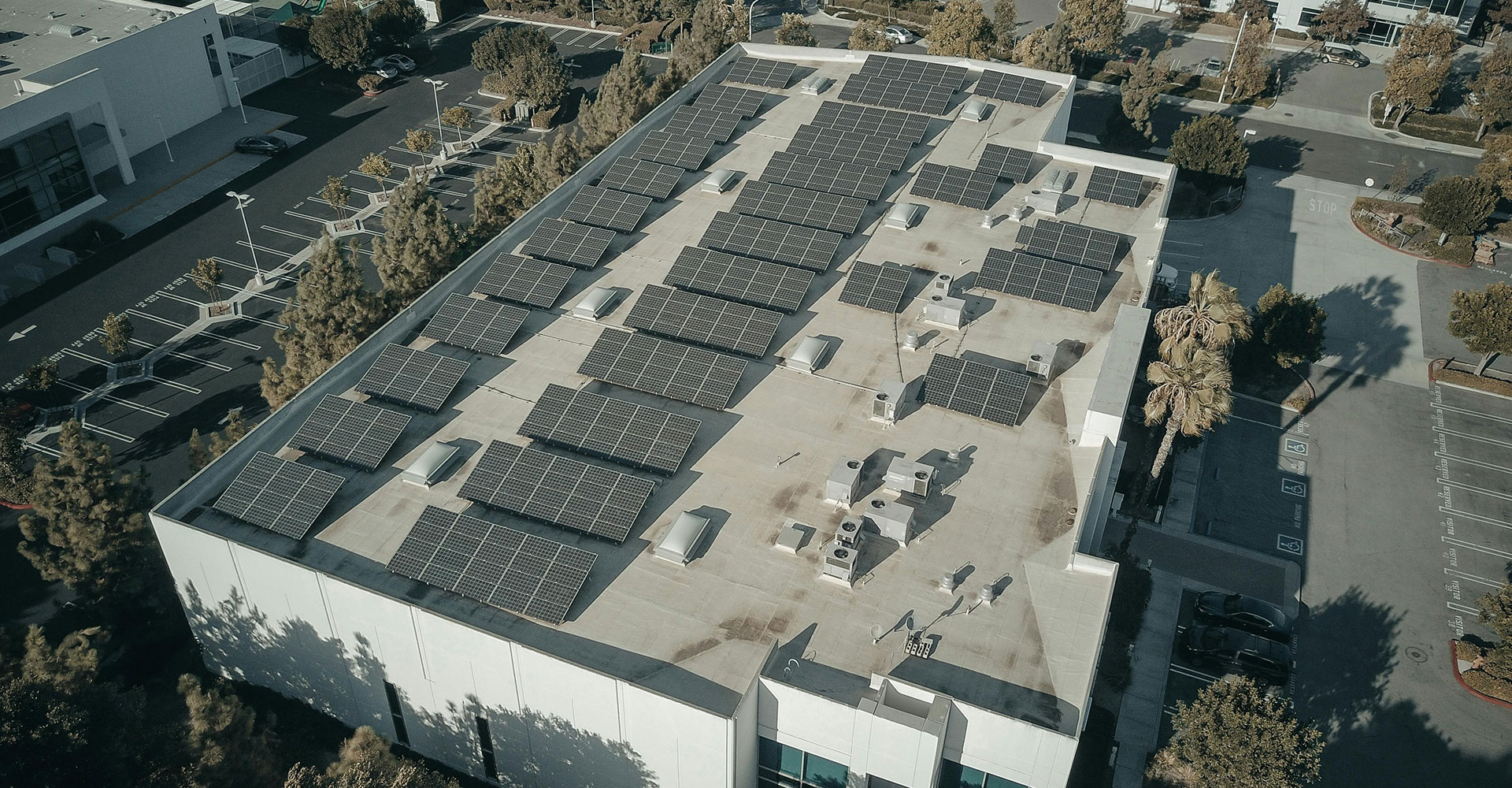If you’re a parent, imagine a world where you’re not battling with your kids to brush their teeth at night or worrying about damage to an adult tooth that got knocked hard during gym class or sports. Wouldn’t it be awesome if a tiny robot could clean your kids’ (and your) teeth? Or a pill could help regenerate an injured tooth?
We’re not quite there—yet—but the day might be around the corner.
With the evolution of technology within the dental industry, we’re already seeing a shift in how we approach oral care. Dental professionals are moving from reactive treatments to proactive prevention and highly personalized interventions. While current dental visits often involve manual cleanings and invasive procedures, emerging tech like teeth-cleaning robots, advanced light therapies, and regenerative treatments are poised to transform the patient experience. Trips to the dentist—dreaded by many—will become more efficient, comfortable, and potentially even less frequent.
Robotic precision: Teeth-cleaning microrobots
Imagine a world where your daily mouthwash does more than freshen your breath and actively cleans your teeth at a microscopic level. These ingenious miniature machines, when combined with hydrogen peroxide, can kill harmful bacteria and break down plaque.
Microbots aren’t your typical mechanical brushes. Instead, they operate on a nanoscale, navigating the surfaces of your teeth, gumlines, and hard-to-reach crevices (where that popcorn kernel inevitably lodges). These microscopic tools can reach areas that even the most skilled hygienist might miss with traditional tools, allowing for the removal of biofilm and preventing the early stages of decay and gingivitis.
Currently, two prototypes exist, including a mouthguard-type and a toothbrush-like device. Both involve magnets and a hydrogen peroxide solution. Currently, it takes 5-10 minutes for either system to clean your teeth, and the developers’ goal is to shorten that time. Clinical human trials are set to begin in 2025.
The implications for future regular dental check-ups are profound. Hypothetically, if you used this tech regularly at home, you’d have less plaque build-up and healthier gums, reducing the time spent on manual scaling and polishing. For those prone to periodontitis, continuous, microscopic cleaning done by these microrobots could prevent the progression of gum disease and reduce the need for painful, costly deep cleanings (scaling and root planing). People with disabilities and those who are younger may also benefit, as would a broader population, particularly those in remote areas or with limited access to dental care.
Harnessing light for healing: Red light therapy and smart implants
Light therapy, particularly red light, is emerging as a valuable, powerful tool in various medical fields. And dentistry is no exception, with the potential to use red light therapy to treat gum disease via dental implants. This innovative approach integrates red light directly into an artificial tooth manufactured from barium titanate. This material is piezoelectric—it generates electricity from mechanical stress—in this case, the natural act of chewing. This self-generated electricity powers tiny LEDs within the implant, which emit red light directly into the surrounding gum tissue. One team plans to test its product in pigs in 2025 and, pending the results, will then move on to human clinical trials.
Red light has well-documented therapeutic properties, including reducing inflammation, promoting tissue healing, and exhibiting antimicrobial effects. By continuously bathing gum tissue around an implant in red light, the technology can actively combat bacterial accumulation and prevent peri-implantitis, a common and often severe complication of dental implants.
Potential future benefits could include more proactive implant maintenance. Instead of reacting to implant infections with antibiotics or surgical interventions, this smart implant would actively prevent issues. The result? Fewer emergency visits for implant complications and a higher success rate for long-term implant survival. Patients with implants may only require routine checks to confirm proper system functioning, rather than intensive cleaning around the implant site.
In addition to implants, dental professionals could integrate red light therapy into other procedures. After an extraction or gum surgery, localized red light treatment could accelerate healing, reduce swelling, and minimize discomfort, leading to faster recovery times and fewer follow-up appointments for complications.
Finally, the prospect of having a dental implant that actively protects itself could significantly reduce patient anxiety associated with such procedures, thereby alleviating the stress of this type of procedure.
Regenerative dentistry: Rebuilding what’s lost
The future of dental health may be able to address fundamental issues, such as tooth decay, with groundbreaking regenerative approaches, including oral microbiota transplants and enamel-rebuilding gels.
Oral microbiota transplants, a concept borrowed from gut microbiome research, involve transferring bacteria from a healthy donor’s mouth to a patient’s mouth. The goal? Rebalancing the oral microbiome, curbing the proliferation of bacteria responsible for tooth decay and gum disease. This technique could represent a paradigm shift from drilling and filling to biological restoration.
Imagine preventing cavities before they form. For individuals who are highly susceptible to cavities, a targeted microbiome transplant may alter the oral environment, making it inhospitable to bacteria that cause decay. This technique could significantly increase the incidence of cavities—fewer fillings, root canals, and extractions over a lifetime. Establishing a healthy microbial balance would enable dentists to manage and potentially reverse (non-invasively) early-stage gum disease, reducing the need for scaling, root planing, or gum surgery.
Enamel-building gel mimics the natural process of enamel formation. It uses a peptide based on amelogenin, a protein needed for enamel development, to organize calcium and phosphate into new, robust layers. Essentially, this gel remineralizes and rebuilds damaged enamel. This technology holds the promise of repairing early-stage tooth decay without the need for drilling or traditional fillings.
How much less painful (and traumatic) would it be if your dentist could apply a gel to rebuild your tooth’s natural structure instead of using the typical “drill and fill” approach? This treatment could transform a much more invasive procedure into a painless, quick application.
Dentists could also use this gel to strengthen teeth prone to erosion or sensitivity, reducing the need for crowns or veneers for long-term structural reinforcement and preventing the progression of minor issues into major dental problems requiring extensive, costly treatments. And what a potential boon for cancer patients, whose teeth and mouth are often damaged by chemotherapy.
Holistic transformation of the dental experience
The implications of these technologies for the patient experience are immense and positive.
The most immediate and welcome change? A reduction in pain and discomfort. Microbots significantly reduce the need for manual scaling. Enamel-rebuilding gels could render drilling obsolete for many cavities.
Dental visits will become increasingly preventative. Instead of being “repair shops” for damage that’s already occurred, dental clinics could evolve into wellness centers focused on maintaining optimal oral health through advanced diagnostics, personalized microbial balancing, and regenerative therapies.
Genetic predispositions, microbiome analysis, and real-time monitoring through smart devices (like the implant that generates red light) will enable dentists to create personalized oral health plans, predicting and preventing issues before they manifest.
While initial investments in these technologies will be high, the long-term benefits of preventing extensive decay, gum disease, and implant complications will hopefully lead to significant cost savings for individuals and healthcare systems. After all, fewer complex procedures mean fewer high-cost treatments.
Are you a commercial real estate investor or seeking a specific property to meet your company’s needs? We invite you to talk to the professionals at CREA United, an organization of CRE professionals from over 90 firms representing all disciplines within the CRE industry, from brokers to subcontractors, financial services to security systems, interior designers to architects, movers to IT, and more.

